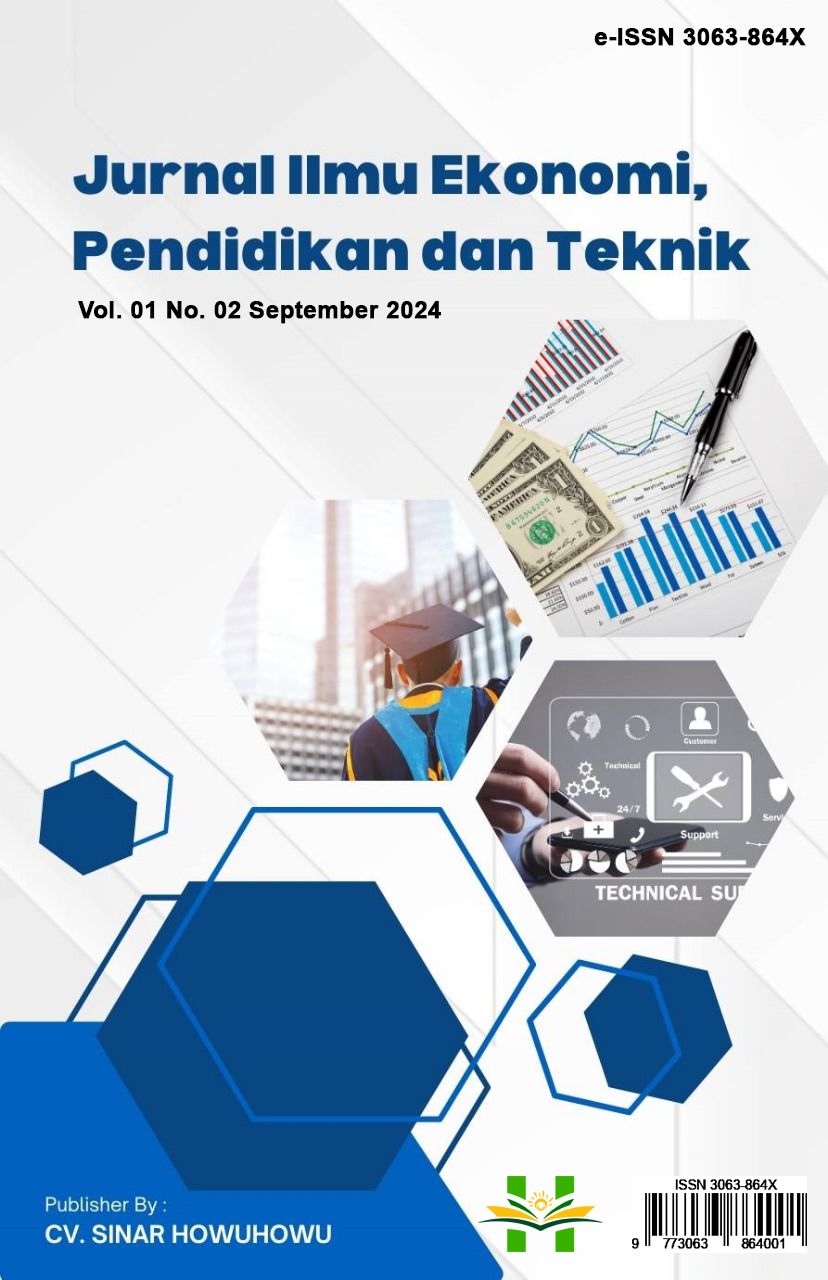Analisis Aplikasi Mekanika Fluida Dalam Industri Penerbangan
DOI:
https://doi.org/10.70134/identik.v1i2.93Keywords:
CFD, Aerodynamics, Laminar, Turbulent, Aviation EngineeringAbstract
This literature review highlights the critical role of fluid mechanics in aviation, focusing on its applications in aircraft design, performance optimization, and safety. Fluid mechanics studies the behavior of fluids and their interactions with solid surfaces, with core principles like laminar and turbulent flow, Bernoulli's principle, and viscosity crucial for aerodynamic design. Computational fluid dynamics (CFD) has revolutionized aircraft engineering by enabling accurate simulation and optimization of fluid flow, enhancing fuel efficiency and reducing emissions. Innovations such as variable geometry wings, winglets, and advanced composite materials demonstrate the synergy between fluid mechanics and material science, leading to lighter, more efficient aircraft. Challenges like stall—where airflow separates from the wing—remain, necessitating further research into extreme fluid behavior and advanced control systems to improve safety. This review underscores the need for continued innovation to enhance the safety, efficiency, and sustainability of aviation.
Downloads
Downloads
Published
Issue
Section
License
Copyright (c) 2024 Mizael Fredrick Evrizen Telaumbanua, Rinto Kristian Zebua (Author)

This work is licensed under a Creative Commons Attribution-ShareAlike 4.0 International License.













